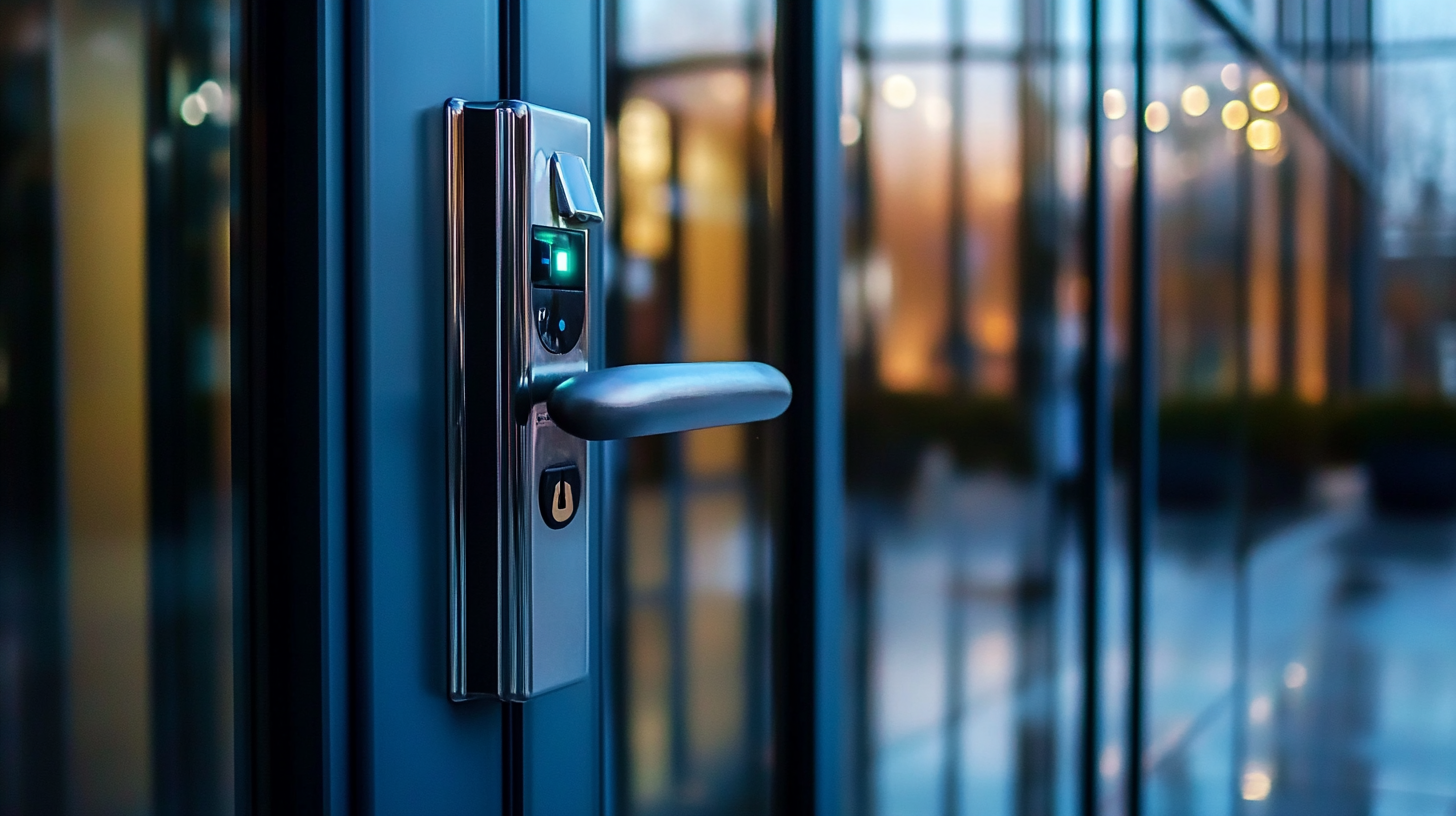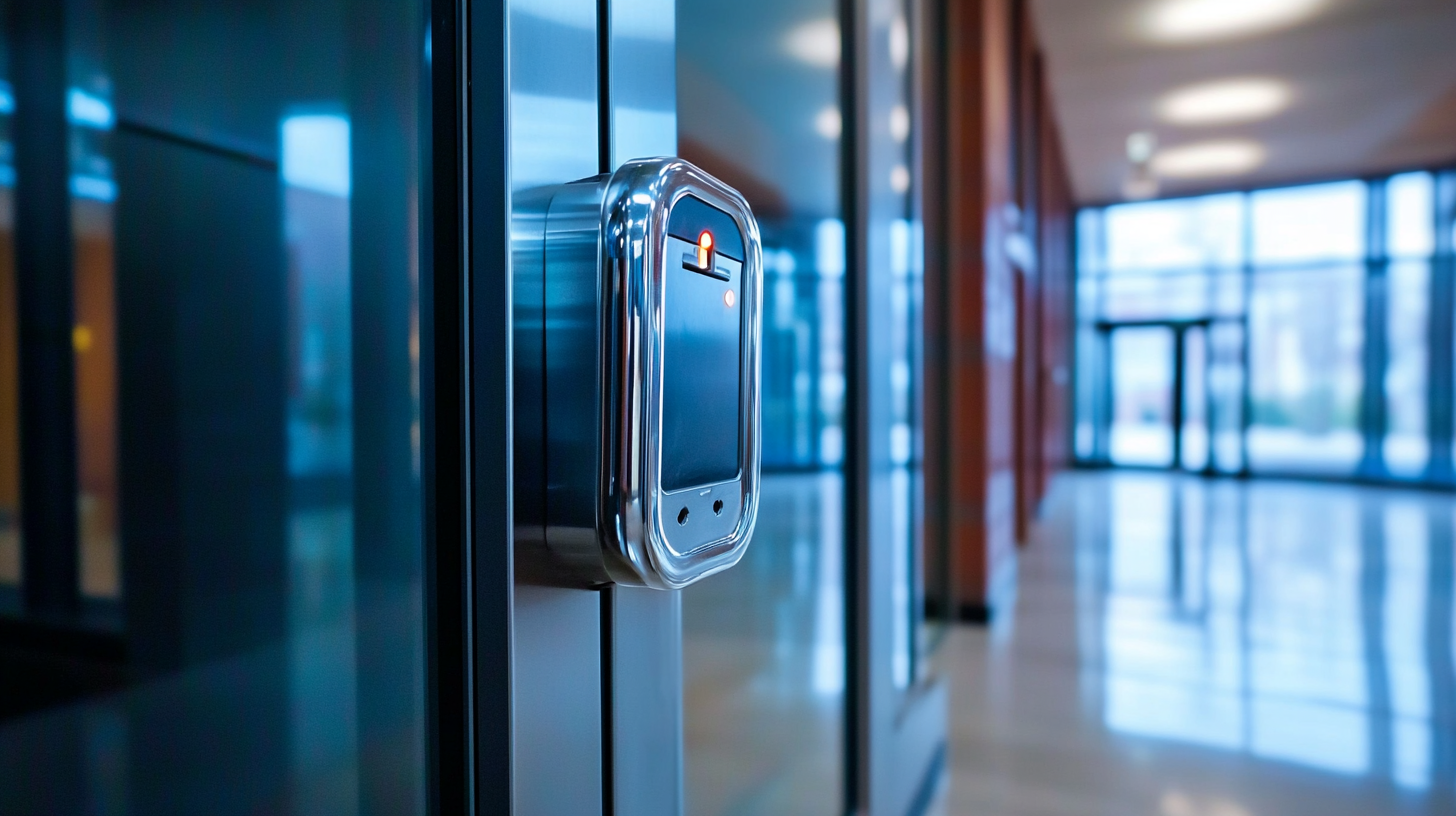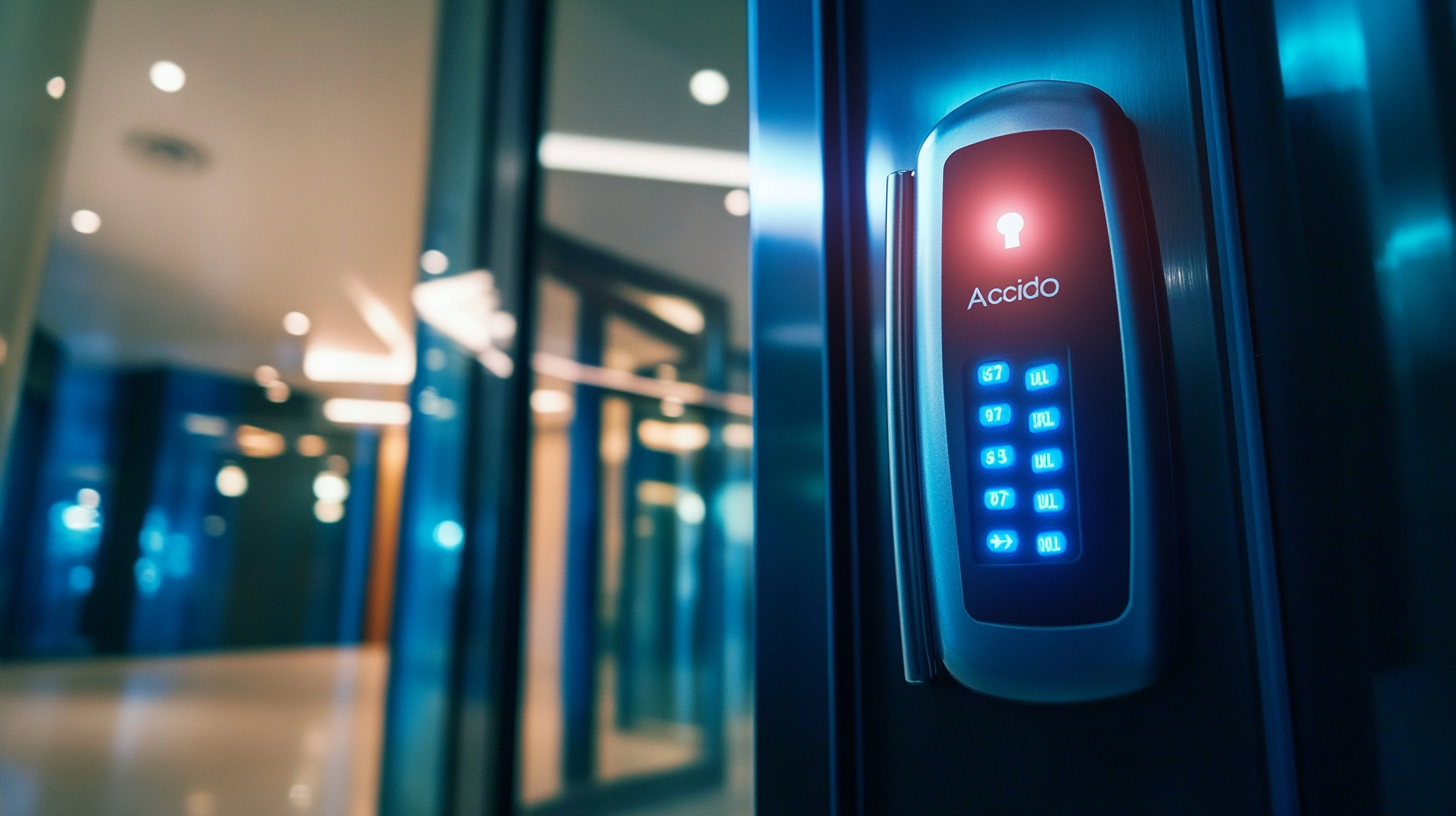HOSTED ACCESS CONTROL SOLUTIONS
AirAccess Access Control as a Service Platform with Auto-Cell Networking (ACasS)
NEW! MVP EZ APP & CLOUD-MANAGEMENT
Enterprise Hosted Platform - MVPAccess™
New! Napco Access 1 & 2-Door Controllers
ENTERPRISE INTEGRATED ACCESS CONTROL SOLUTIONS
-
- Continental Enterprise Single to 8-16-Door Controllers & New Models
- Continental Enterprise CA4K Platform - New v 1.2
- Continental Enterprise Hosted Platform (See MVPAccess)
- Continental CA-ASA Preloaded Appliance
- Continental Manager App
- Integrated Video Options
- Readers
- Integrated Intercoms (BAS; My Door)
- Integrated Security Napco Systems
Support/Technical Library
Please contact us directly or visit our FAQ page or Video Library.
Toll Free 800-645-9330
Phone 631-842-9400
Fax 631-842-9135
Email: sale@safehomeexpert.com
sale@safehomeexpert.com (Latin America)
Training
Sign up for integrator training seminars. 2 days and 3 day online courses are available from our directory indexed by product.
Learn MoreIntegrator's Site
Offer the one access control solution powerful and flexible enough to protect all of your clients. Continental Access provides state-of-the-art access control software and hardware in an easy-to-implement and easy-to-use access control solution that seamlessly integrate with a wide range of facility management products.
Learn More
 The effective management of
The effective management of  Effective door access control systems are critical for ensuring security in any facility. Understanding the economic implications of maintenance strategies is essential for maximizing your investment. According to a study by the National Institute of Standards and Technology, businesses can save up to 30% on maintenance costs through preventive maintenance compared to reactive approaches. This significant difference underscores the importance of proactive measures, which not only enhance system longevity but also reduce unexpected downtime.
Effective door access control systems are critical for ensuring security in any facility. Understanding the economic implications of maintenance strategies is essential for maximizing your investment. According to a study by the National Institute of Standards and Technology, businesses can save up to 30% on maintenance costs through preventive maintenance compared to reactive approaches. This significant difference underscores the importance of proactive measures, which not only enhance system longevity but also reduce unexpected downtime. When it comes to
When it comes to